
More than a week of torrential rain in mid-September 2011 caused deadly floods across Sichuan, Shannxi, and Henan provinces in China.

Seasonal precipitation patterns across the globe showed large differences from average in 2011, with several areas receiving heavy rains during more than one season of the La Niña-influenced year.

A year-long La Niña contributed to dramatic variability in seasonal temperature patterns in 2011.
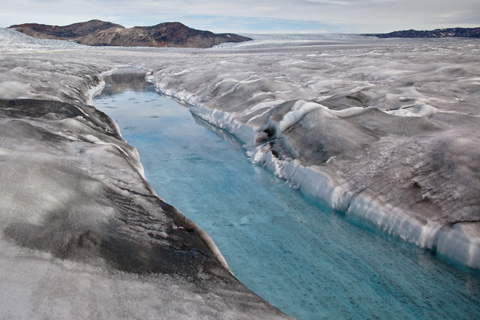
In the 2011 Arctic Report Card, scientists report that the bright white surface of the Greenland Ice Sheet has grown less reflective. The darker surface absorbs more sunlight, accelerating melting.
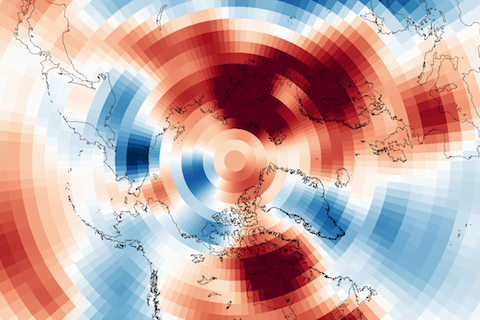
Climate forecasters often describe the Arctic Oscillation as the “wild card” of the winter forecast. So far in 2011, the Arctic Oscillation has been in its positive phase, playing the card that favors a milder winter in the eastern United States.
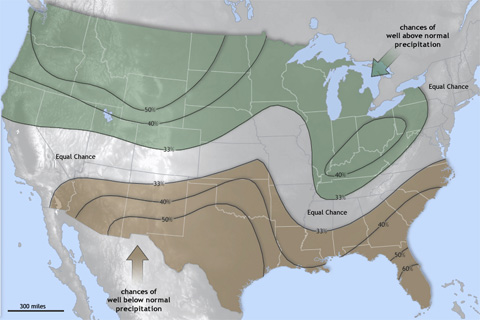
NOAA’s official Winter Outlook for 2011–2012 is unlikely to please many residents of either the still-soggy Missouri River Basin—which experienced historic flooding this past spring and summer—or the parched south-central United States, where severe to exceptional drought has been in place since spring.
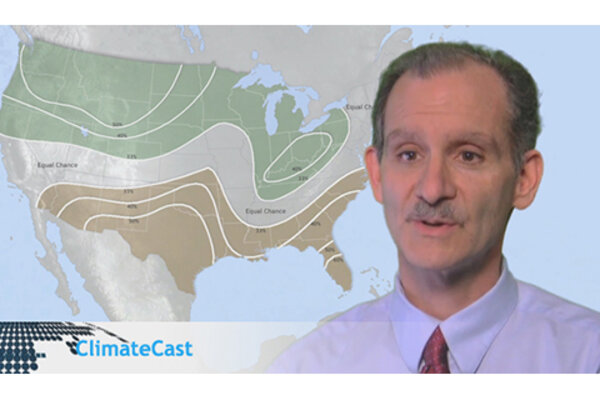
Winter Outlook for 2011-2012
December 2, 2011
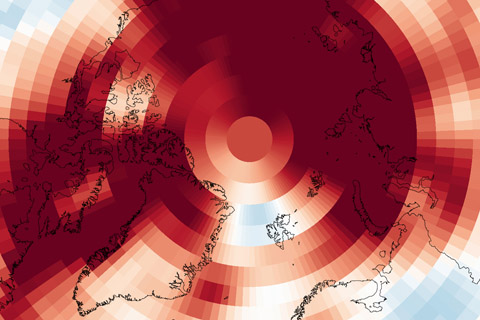
Continuing a decade-long phenomenon, above-average warmth in the Arctic this year was two or more times greater than warming observed at lower latitudes.
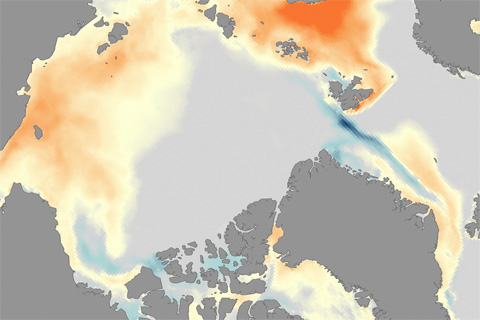
Phytoplankton productivity has increased 20 percent over the past decade as sea ice extent declines and more open water habitat is available.
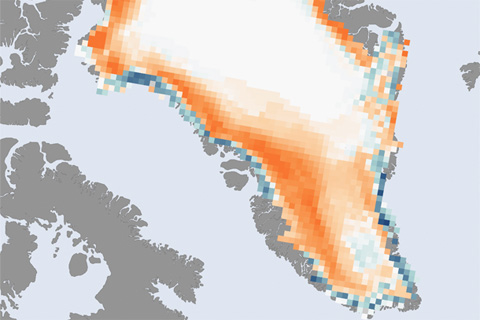
The surface melt season on Greenland lasted up to 30 days longer than average in 2011, and it affected 31 percent of the ice sheet surface. Ice mass loss from Greenland in 2011 was about 430 gigatons—enough ice to raise global sea level by just over 1 millimeter.